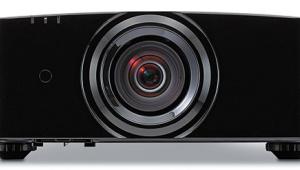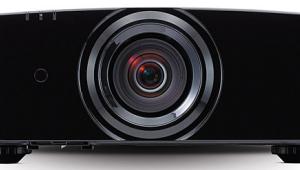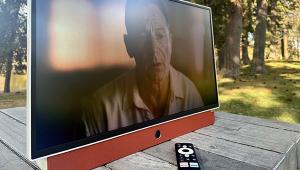Mr. Deering,
I appreciate your thorough reviews on both the Sony 665 and the JVC 750. I am moving on from my Panny 7000 and your reviews were helpful. I have a dedicated theater room and I am trying to decide which way to go. It seems that your bottom line was a preference to the JVC 750. Did you get a chance to view much material through the Samsung UHD player? Did they easily connect? Any real benefit to look at the JVC 950 especially in a dedicated room? Does the lack of 10 bit processing in the Sony concern you regarding the future of 4K? I do not want to spend 15K and have to buy another projector anytime soon. Thanks again for your help.
Erick
 Setup was a snap with the motorized lens control for zoom, focus, and lens shift, which offer more refined operation than other brands’ controls. Fine-tuning focus was a breeze with the JVC compared with the recent Sony I reviewed, but be sure you turn off the internal test patterns in the setup menu along with e-shift to get the best results when focusing. Otherwise, your results may not take full advantage of the projector’s excellent lens performance.
Setup was a snap with the motorized lens control for zoom, focus, and lens shift, which offer more refined operation than other brands’ controls. Fine-tuning focus was a breeze with the JVC compared with the recent Sony I reviewed, but be sure you turn off the internal test patterns in the setup menu along with e-shift to get the best results when focusing. Otherwise, your results may not take full advantage of the projector’s excellent lens performance.
































































